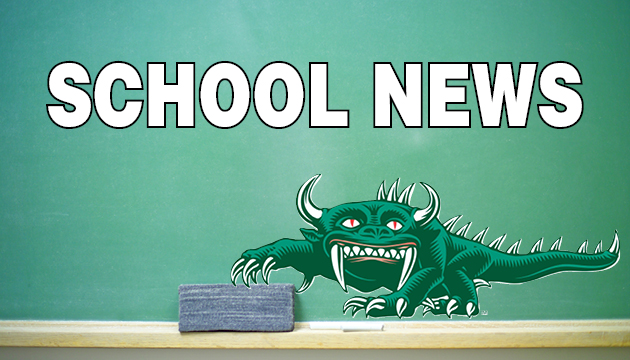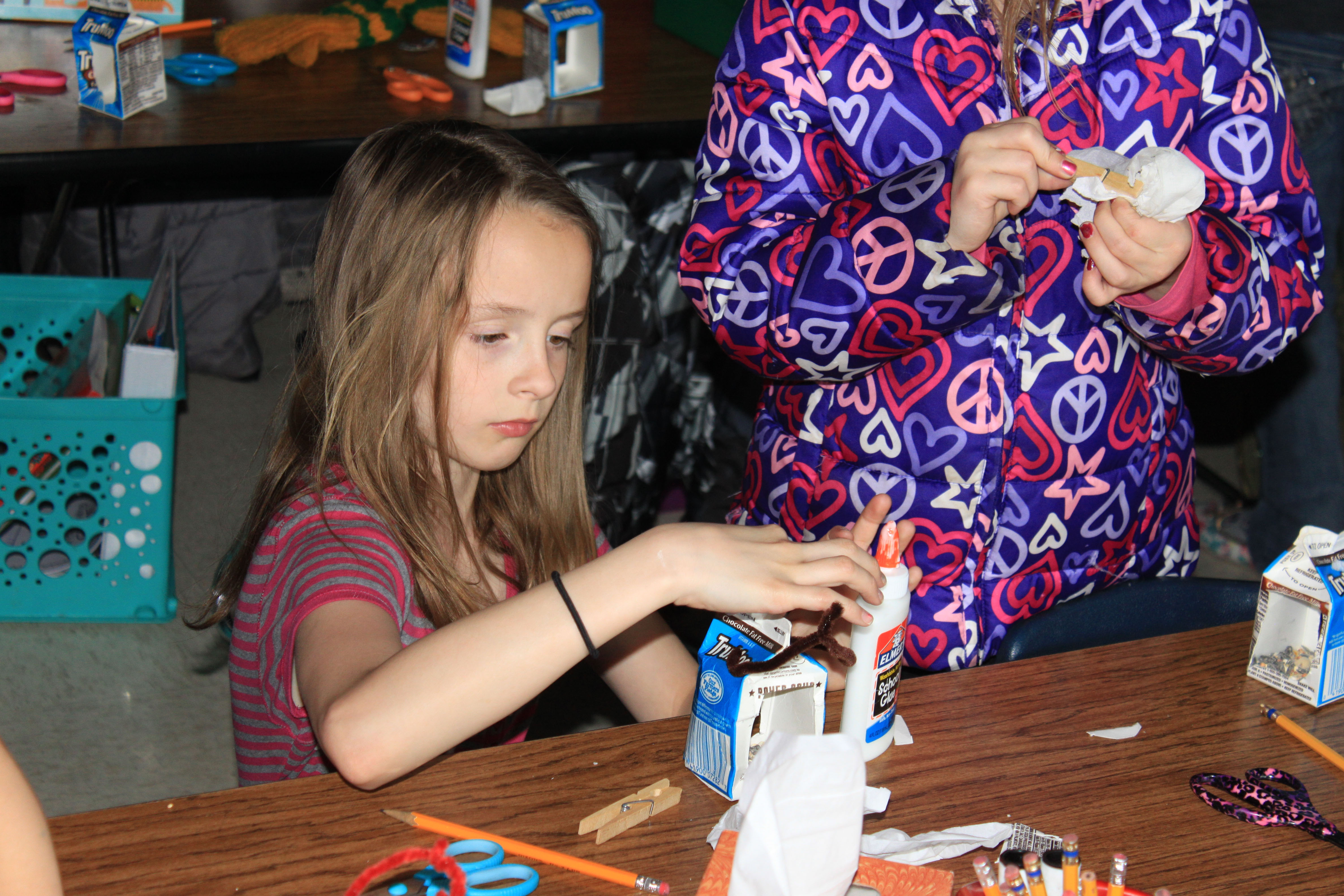SDR faces budget challenges

Rising costs, limited state aid create deficit per administrators
By Eileen Persike
Editor
RHINELANDER – Wisconsin’s school funding has for years been a hot topic at Rhinelander School Board meetings. Now, Superintendent Eric Burke said, schools all over the state are finding themselves in that same conversation. An overall increase in costs, the impact of COVID and increasing special education needs are affecting many school districts, including Rhinelander.
“As a district we have, over the course of the last ten years or so, built up a strong fund balance,” Burke said at the Jan. 22 School Board meeting. “It’s like the savings account for our district. We try not to use it but in times like this, in order for us to be able to provide the services, pay a competitive wage, and with the overall increased costs, that’s where we’re at.”
Burke and SDR director of businesses services, Bob Thom highlighted what they see as budget challenges ahead for the district.
SDR has had operational referendums in place since 2010 to help pay the bills. Along the way the district continued to have year-end surpluses, which added to the fund balance; from $8.4 million in 2006 to a high of $28.2 million in 2019. The fund balance dropped to $22.7 million in 2020, as it was used to fund additions to elementary schools and construction of the Hodag Dome.
“2022 ran another surplus of $1.5 million, coming out of the COVID year and was also the year we had a new referendum coming and everything seemed fine,” said Thom. “Then the kids started coming back from COVID and we started seeing all kinds of issues – they needed more staff to help them, we had behavior problems, we had more people being identified for individualized education programs – a lot of things going on.”
Information Thom provided to the school board notes that coming out of COVID the district added behavior interventionists, reading and special ed teachers. The district was also realizing rising costs in other areas, such as utilities, from $635,000 in 2021 to $1.3 million in 2023. Students opted for more virtual school options after COVID, with a cost of $158,000 in 2022 to $381,000 today. The Start College Now program increased from $18,600 in 2021 to $141,600 today.
At the same time, revenue limits are not keeping pace. Over the past 14 years, the state has increased SDR’s revenue by $1.2 million.
“They expect us to do more things every year but we’re not getting any extra money to do it,” Thom explained. “In the past, we were running a surplus every year. Now we’ve gotten to the point that the limit is not going up anywhere near fast enough to cover the costs of things.”
Thom said a $1,000 per-pupil increase, which would have amounted to $2.5 million for the district, turned into $473 per student after going through the state formula.
“Our $2.5 million became a little over $900,000; so suddenly what the state calculated was not what we were promised,” said Thom.
Additionally, the district pays out $1 million annually for retirement benefits, previously been paid through the general budget. This year the district will likely be funding that through the “other post-employment benefits” or OPEB account, which was created for that purpose.
All together the district is looking at a $500,000 – $1 million deficit.
“The challenges of this will continue into next year,” said Thom. “We’re going to do everything we can to reduce where we can. We’re really not shrinking as a district; we have about the same enrollment so it’s hard to say we’re going to cut this or that when we have the same number of kids.”
Still, Superintendent Burke said there are districts that don’t have a fund balance to help out in these situations.
“We’ll be looking at how we reduce costs, how we look at class sizes all those things and services,” Burke said. “That’s something that we’re looking at, looking at our CESA contract, looking at those things to try and get a balanced budget, but we do have that fund balance there just in case we need it and we’re going to be very frugal while also making sure we remain competitive with our salaries, be able to provide the support for both academic and behavioral needs of our students.”
Burke added he is encouraged by reports that Gov. Tony Evers and Assembly Speaker Robin Vos are “talking pretty seriously” about special education funding, a big part of the SDR budget. In the meantime, the district is set to receive an additional $325 per student for the 2024-25 school year – about $750,000 to pay for salary increases, increased busing costs and any other expenses that come up.
Leave a reply
You must be logged in to post a comment.



